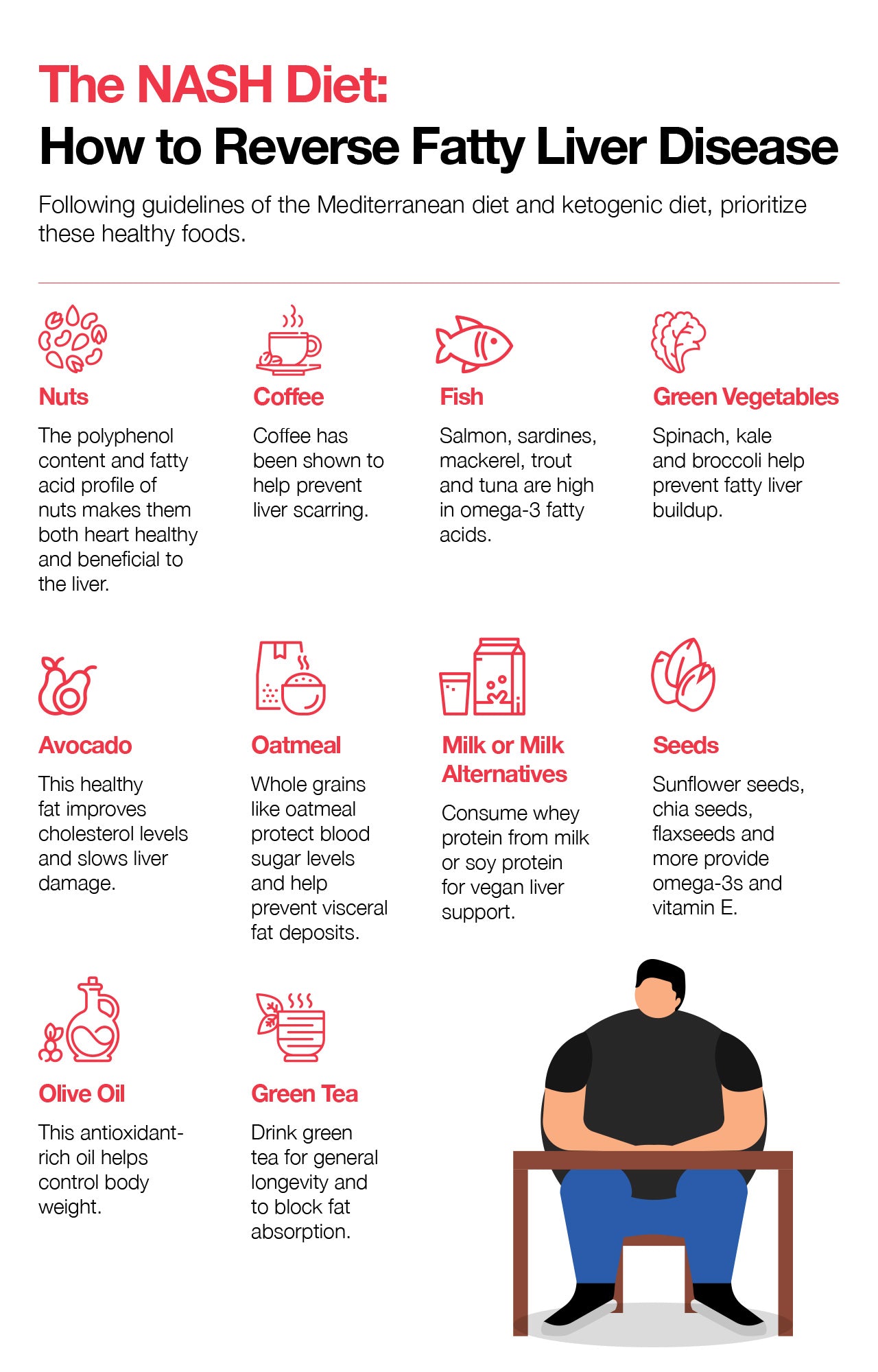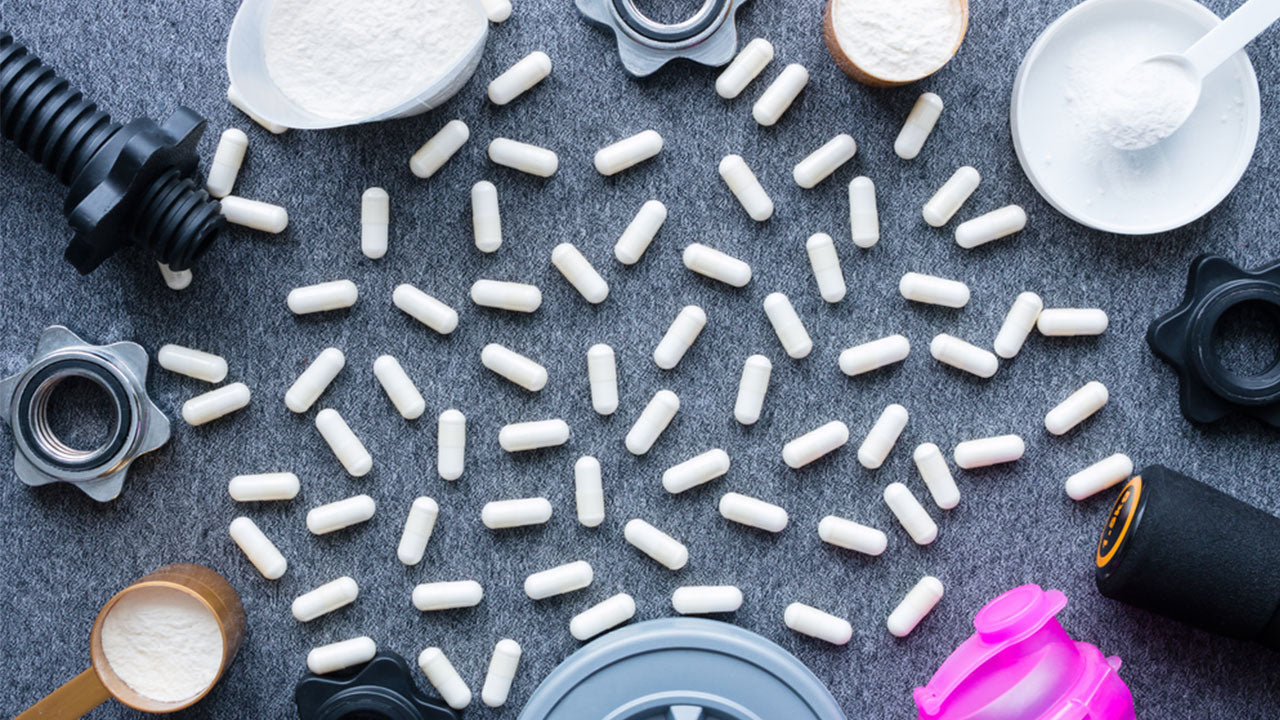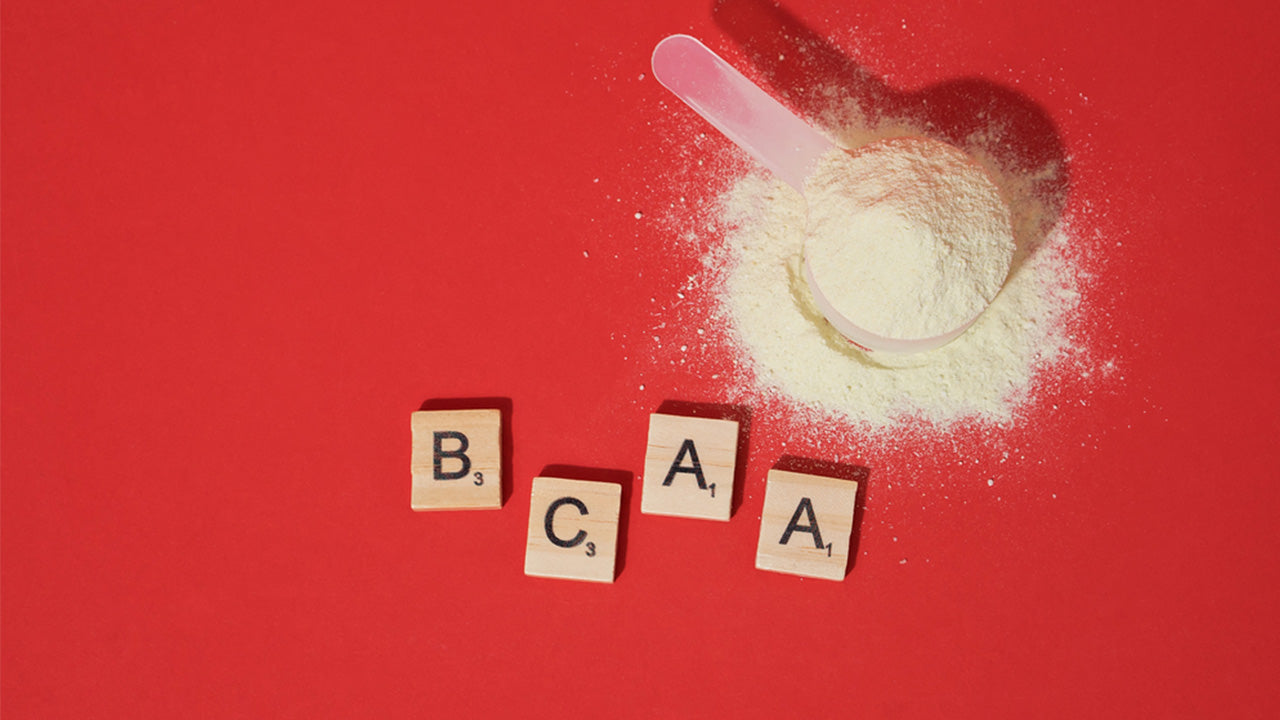The NASH Diet: Foods to Help Reverse Nonalcoholic Steatohepatitis and Fatty Liver Disease
 By: by Amino Science
By: by Amino Science

Nonalcoholic fatty liver disease (NAFLD) is the accumulation of fat in the liver, buildup which interrupts the organ's function and causes liver damage that may ultimately be irreversible without treatment. The extreme conclusion of this fatty buildup is known as nonalcoholic steatohepatitis (NASH), which is fat accumulation plus inflammation and liver cell damage that includes scarring (fibrosis). Unchecked, fibrosis can escalate to cirrhosis, liver cancer, liver failure, and premature death. The NASH diet can help naturally halt and reverse this process.
The Causes, Symptoms, and Consequences of NASH
Nonalcoholic fatty liver disease and nonalcoholic steatohepatitis are diagnostically considered manifestations of metabolic syndrome, closely linked with other conditions such as obesity and type 2 diabetes.
This is because NASH and its associated diseases are caused largely by poor diet, lack of exercise, and excessive body weight (distinct from alcoholic fatty liver disease which is caused by long-term alcohol abuse). Once these factors begin to impact liver function, the consequences can include gastrointestinal bleeding, fluid buildup (edema and ascites), cognitive interruption (encephalopathy), and liver cancer that can metastasize and spread.
The early stages of NASH and fatty liver have almost no recognizable symptoms, making these conditions dangerously difficult to diagnose. However, the symptoms that ultimately arise with liver disease include:
- General fatigue and weakness
- Nausea
- Vomiting
- Abdominal pain/swelling
- Jaundice (yellowing of the skin or sclera of the eye)
Diagnosing the difference between NAFLD and NASH often requires a liver biopsy once blood test results show irregular liver enzymes.
Whatever the cause of fatty liver, the treatment is the same: refrain from alcohol consumption, improve your diet, and take up regular exercise for the purpose of overall health and critical weight loss. Some cases may call for bariatric surgery or a liver transplant, but these are last efforts if lifestyle changes and dietary adjustments can't reverse the condition.
Other diseases linked to metabolic syndrome, such as diabetes, dyslipidemia, and high blood pressure, also need to be screened for, addressed, and then treated to help recover and regenerate liver cells and prevent future damage caused by an abnormal amount of fat in the liver.

The NASH Diet: How to Reverse Fatty Liver Disease
If your liver is in peril, the first thing you need is the advice of a health care professional, ideally an expert in hepatology. To otherwise fight liver inflammation and reduce visceral fat, diet is key.
An excellent starting point for a NASH or NAFLD diet may be the Mediterranean diet, which prioritizes natural, healthy high-fat foods like olive oil, fish, nuts, and seeds while eliminating unnatural trans-fat foods and red meat.
While the National Institutes of Health provides a general recommendation towards eating less fat, targeted research done specifically on NAFLD and the influence of a Mediterranean diet show it may be a new therapeutic option. The type of fat matters greatly in this situation, and replacing saturated and trans-fats foods with mono- and polyunsaturated fats full of omega-3 fatty acids can improve your condition.
The ketogenic diet is another high-fat diet that (though it seems counterintuitive) may serve to improve your liver function and reverse NASH if you are successful in entering the metabolic state of ketosis, which burns body fat rapidly, including the visceral organ fat that causes fatty liver disease.
One study found that 6 months on a ketogenic diet "led to significant weight loss and histologic improvement of fatty liver disease" in human participants. Your doctor can help advise you on which diet, if either, is right for you. These study results are still preliminary, so it's important that you always follow your doctor's advice as it is the most appropriate for your individual health.
Once you receive medical advice, here is a blueprint for your new healthy diet, specifically which foods have shown scientifically backed direct improvements on NAFLD and NASH.
1. Nuts
Nuts—walnuts in particular—have been proven in clinical trials to improve the liver function tests of adults with fatty liver disease.
Because they are high in both monounsaturated fat and omega-3 fatty acids, walnuts can help bring your omega-3:omega-6 fatty acid ratio closer to the golden 1:1, reduce your triglyceride levels, and quickly reverse hepatic steatosis (possibly in as little as 6 weeks). High levels of omega-6 fatty acids exacerbate inflammation, which is not only detrimental to the liver, but also increases risk factors for other chronic medical conditions like heart disease.
Nuts are also terrific sources of fiber, vitamin E, and phytochemicals, most notably phenolic acids, ellagic acid, and flavonoids that help to lower LDL cholesterol and neutralize free radicals before they can cause cellular damage.
2. Coffee
Good news if you enjoy waking up with coffee in the morning, because research shows that NASH and NAFLD patients who drink at least 2 cups of coffee a day have less liver scarring and lower levels of abnormal liver enzymes than those who do not. Fibrosis, or liver scarring, is the damage that leads to irreversible cirrhosis and liver failure, so by avoiding it going forward, you give your liver the chance to heal and regenerate.
Coffee also helps ameliorate cases of cirrhosis and hepatitis C, so no matter what condition your liver is in at the moment, taking up regular coffee consumption can help.
3. Fish
Much like nuts, fish contain concentrated amounts of omega-3 fatty acids, which help to lower whole-body inflammation, triglyceride levels, and your risk for cardiovascular disease. Oily, fatty fish like salmon, sardines, mackerel, trout, and tuna improve liver fat levels in patients with NAFLD and reduce inflammation throughout the body.
Whether you consume fish in your meals, take a fish oil supplement with concentrated EPA and DHA (both omega-3s), or use algae oil if you follow a vegan lifestyle or have other dietary restrictions, increased levels of dietary omega-3 fatty acids are invaluable. In fact, they are key to several of the foods on this list.
4. Green Vegetables
You can't go wrong with leafy greens like spinach and kale—they're considered superfoods for a reason. Dark, leafy greens are dense with astronomical amounts of vitamins, minerals, and beneficial dietary fiber, but broccoli too has been found to help prevent fatty buildup in the liver and impede the advance of liver cancer.
Green veggies are also good for weight loss, comfortable digestion, and cancer prevention.
5. Avocado
A green of a different sort, the avocado is botanically classified as a single-seed berry with a rich, buttery taste that's irreplaceable. Avocados are full of healthy fats conducive to weight loss and balancing out HDL and LDL cholesterol ratios, and they also contain dietary fiber for digestive comfort.
Avocados also come equipped with liver protectants that help slow the rate of liver damage, which allows the organ time to recover and heal.
6. Oatmeal
A NASH diet should restrict a large amount of carbs: cookies, cakes, white breads, pastas, and rice are carbohydrate foods that don't benefit you enough to justify the impact they have on your blood sugar levels. Whole-grain foods, however, do provide that same familiar carb energy while contributing enough fiber and nutrients to ensure no adverse impact on your health.
Oatmeal falls in this category, along with whole wheat bread and pasta products and brown rice. Oatmeal has been shown to help prevent obesity, visceral fat deposits, and improve liver function in humans.
7. Milk or Milk Alternatives
Dairy products such as full- or low-fat milk contain whey protein, which studies indicate may protect against liver damage. However, not everyone can tolerate dairy, and those who lead a vegan lifestyle don't consume any animal products, including substances like whey protein. Luckily, soy milk also has a favorable impact on NAFLD patients, as does the soy protein found in tofu. We're not turning our noses up at almond milk, oat milk, rice milk, or coconut milk either.
8. Seeds
Sunflower seeds, chia seeds, flaxseeds, and more: most adults in the modern world don't get nearly enough. High in omega-3s and vitamin E, seeds help lower fatty deposits in the liver as well as boost bone mineral density, support weight-loss efforts by suppressing appetite, control blood sugar levels, and improve digestive health.
9. Olive Oil
We're not done with foods that can help deliver omega-3 fatty acids: cold-pressed extra virgin olive oil also contains them, without the detrimental aspects that come from refined vegetable and seed oils. A key staple in both Mediterranean and keto diets, research reveals that olive oil helps control body weight and improve liver damage.
10. Green Tea
Many studies have found that, regardless of your age or health condition, regular consumption of green tea helps extend your life. More specifically green tea has been shown to help lower total cholesterol levels, block fat absorption, and reduce the risk factors for liver disease.

NASH Recovery Aids: Amino Acids and Other Natural Remedies
Along with eating a healthy diet and removing alcohol and foods that contain damaging additives like high-fructose corn syrup, here are more natural recovery options you can supplement with to get your liver back to full health.
- Amino acids: Branched-chain amino acids (BCAAs) have been found to help alleviate liver injury and hepatic steatosis associated with NASH. The branched-chain aminos are three of the nine essential amino acids (EAAs) that are needed for building new tissue like muscle, so we encourage supplementing with a full host of EAAs to support robust liver recovery.
- Vitamin D: NAFLD and NASH are associated with vitamin D deficiency, and while there's no link showing that low vitamin D causes these conditions, a vitamin D deficiency as a result of liver damage interrupts calcium absorption and increases your risk of cardiovascular disease.
- Antioxidants: Vitamins C and E are both natural antioxidants that help reduce inflammation by lowering the oxidative stress impact of free radicals in the body. This helps improve conditions like NASH as well as many other health concerns such as arthritis, lupus, and more.
- Omega-3 fatty acids: We've reviewed several omega-3 fatty acid foods above, but these can be easily supplemented if you're still off-balance, either by using fish oil-derived products, krill oil, or vegan/vegetarian algae oil.
Medications that may help include insulin sensitizers like metformin (Glucophage), rosiglitazone (Avandia), and pioglitazone (Actos), which have shown signs of reducing liver fat alongside their intended use of lowering insulin resistance. Lipid-lowering drugs like statins and ezetimibe (Zetia) that help lower blood lipid levels also have the potential to improve NASH and nonalcoholic fatty liver disease. These medications would need to be prescribed by a doctor, so speak to your physician if you want more information on how they may help your condition.

NASH Dashed
So you're ready to start healing your liver with the NASH diet. That's great! But you'll also need to safely lose any excess weight you may be carrying. Look into aerobic exercise to help shed pounds and improve your health and fitness, make as many positive dietary changes as you can, and seek professional confirmation that these improvements are working as anticipated: reversing NASH and cleansing your liver so it can rejuvenate and get back to performing at optimal capacity.

Up to 25% off Amino
Shop NowTAGS: diet plans
Join the Community
Comments (0)
Most Craveable Recipes




 833-264-6620
833-264-6620



















